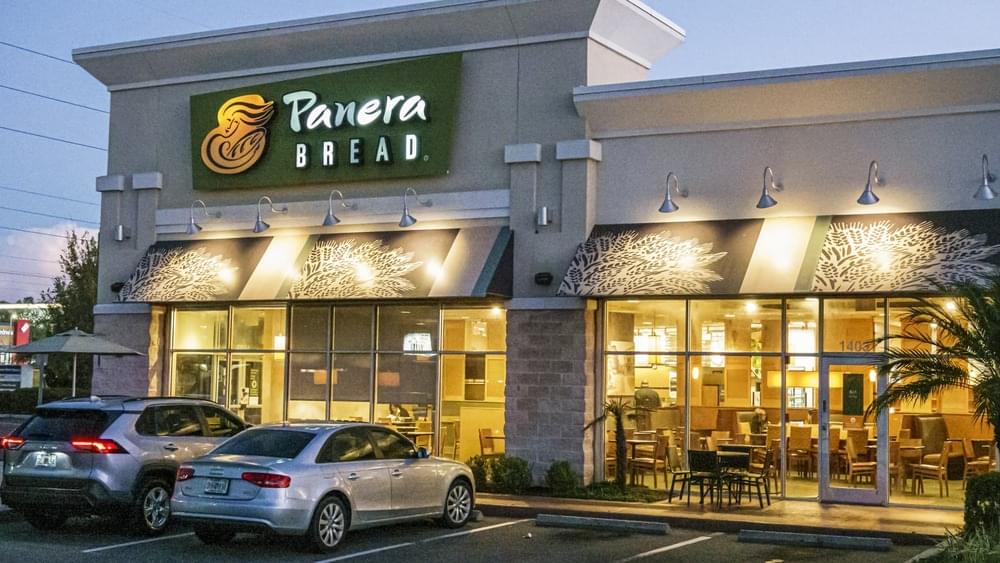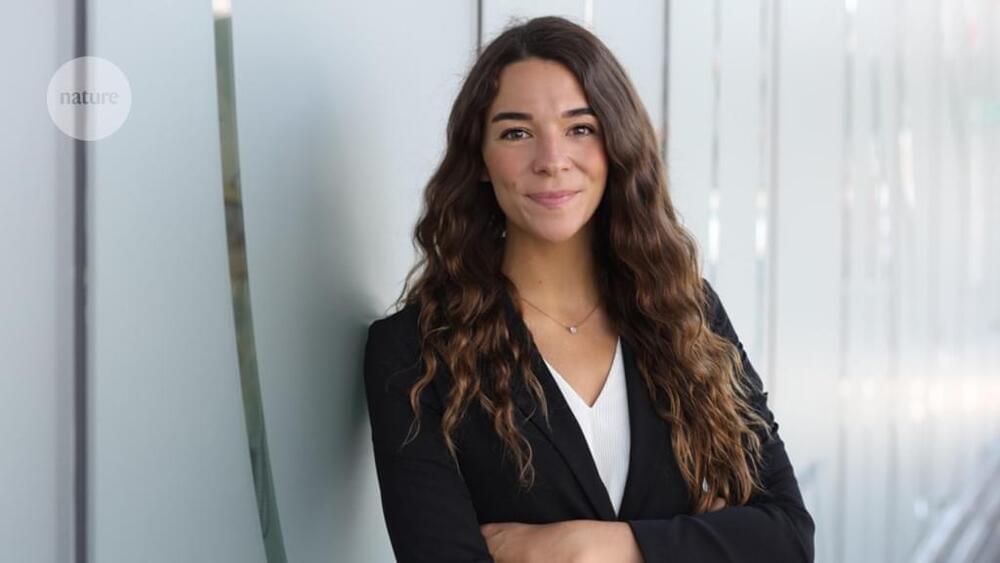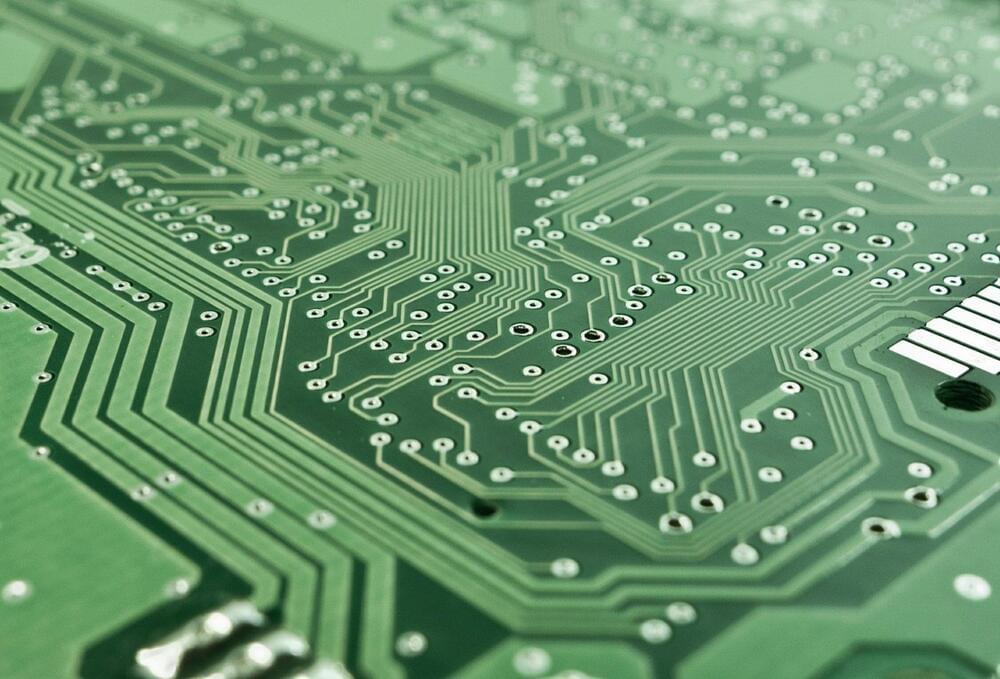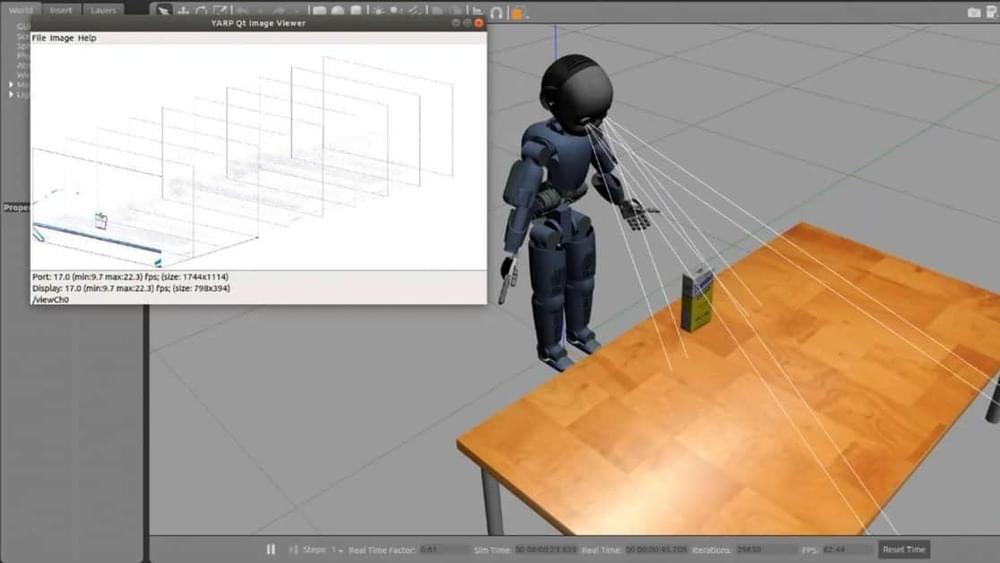Starting Monday, drive-thru customers at two Panera Bread locations in upstate New York will have their orders taken by a computer in a test of artificial intelligence technology’s accuracy and ability to decrease service times.
The sandwich chain is the latest restaurant company to invest in potential improvements to the drive-thru experience. A surge in drive-thru ordering during the Covid pandemic led to long lines of cars wrapped around restaurants, pushing chains to focus on speed of service and order accuracy.
For example, McDonald’s has also been working to automate its drive-thru lane, announcing a partnership last year with IBM to work toward that goal. Yum Brands’ Taco Bell and Restaurant Brands International’s Burger King have been building double drive-thru lanes at some locations to allow customers to pick up their digital orders more quickly. Fast-casual chains like Shake Shack and Sweetgreen that once balked at drive-thru lanes have been adding them.




